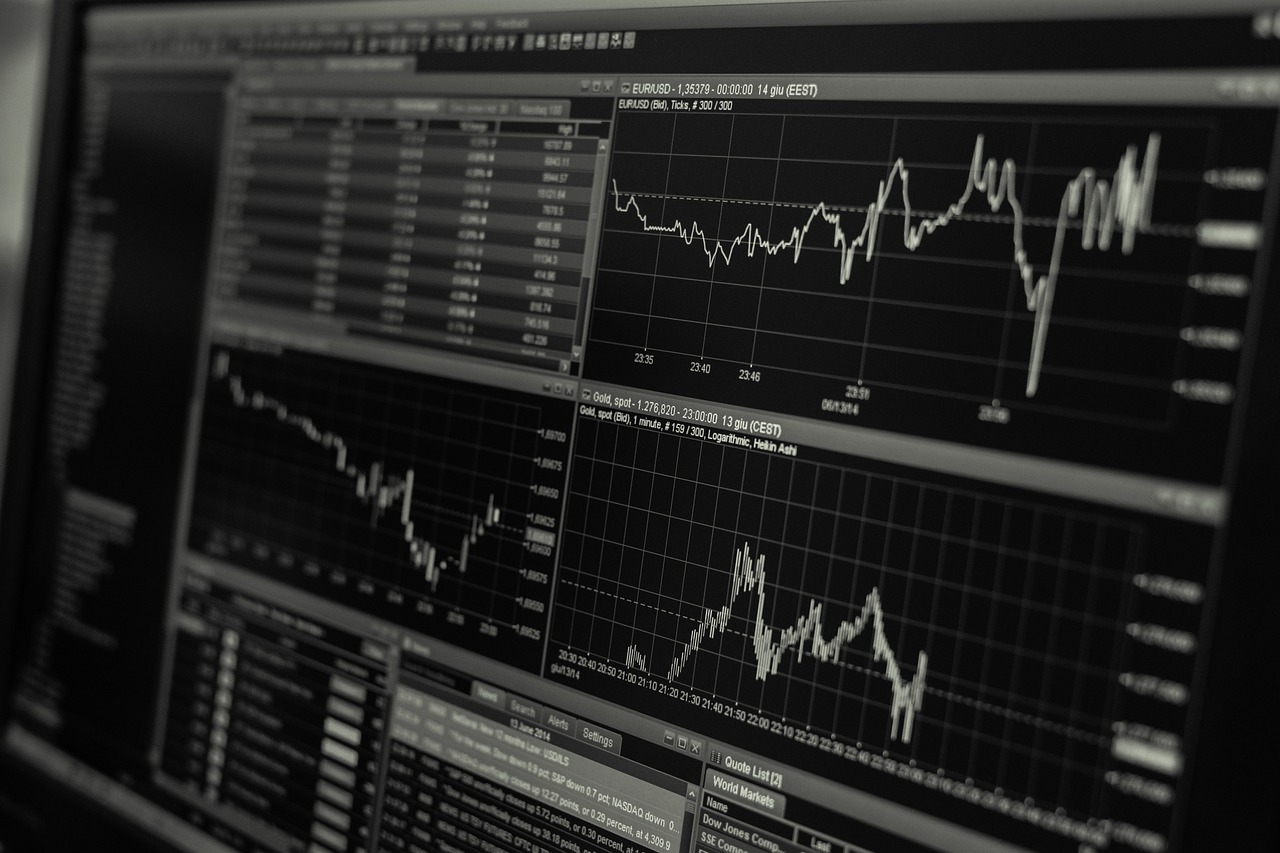Understanding Technical Analysis and Fundamental Analysis

Understanding Technical and Fundamental Analysis
The foreign exchange market emerges as an active stage where currencies from each point all over the globe are subjects involved in a continuous procession of changes. To navigate this ever-changing landscape effectively, traders often employ two distinct yet interconnected forex analysis types: Technical Analysis and Fundamental Analysis.
The details of these methods have to be thoroughly understood by anyone who wants to succeed in the forex market.
Technical and Fundamental Analyses in Forex Markets
Although technical and fundamental analyses are considered different conceptual entities, in the world of the forex market, professional traders know the power of implementation of both approaches in practice.
Holistic or a combination of using technical tools for finding the correct entry and exit points to substantiate an overall market direction. By merging these analyses, traders would benefit from more intelligent decisions, thus enabling them to adjust better to the complications of the forex market.
Technical Analysis
1. Price Patterns and Trends
Technical analysis implies studying past price data to determine possible future movements. This method involves the traders concentrating on charted patterns, trends, and an array of technical indicators.
Identifying patterns, such as head and shoulders or double tops, helps in anticipating possible price reversals or breakouts. They should also comprehend trends, either upward bullish or downward bearish, to make the right decision.
2. Indicators and Oscillators
Technical analysts frequently use indicators and oscillators to improve their predictions. Well-known indicators are Moving Averages and the Moving Average Convergence Divergence (MACD).
These tools offer essential insights regarding market momentum, peaks in overbought or oversold positions, and potential trend reversals. By interpreting these signals, traders can enter or exit positions at optimal times, improving their risk mitigation in the long run.
Fundamental Analysis
1. Economic Indicators
Fundamental analysis, in turn, involves a deeper insight into the factors that affect the values of currencies. Economic indicators such as interest rates, GDP growth, employment figures, and inflation creatures play vital roles.
News events, geopolitical developments, and central bank decisions can trigger major forex market shifts. Traders relying on fundamental analysis should be aware of the overall economic context to predict currency moves with precision.
2. Economic Calendar and News Analysis
Traders use economic calendars and news analysis to navigate the labyrinth of economic data and events. These tools enable them to know in advance the dates of scheduled releases regarding economic indicators and significant news events.
In addition to this, a keen knowledge of market sentiment created by news enables informed trading.
Conclusion
In the forex market, where precision and timing play a vital role, knowing both technical and fundamental analyses would be very useful. Technical analysis provides traders with tools for understanding price movements, while fundamental analysis gives insight into the economic forces behind those changes.
By aligning these approaches, traders will be able to manage the complexities of the forex market confidently, making sound decisions necessary for success in this evolving financial world. Those who want to get better in forex trading can further sharpen their skills by staying updated with market trends, attending educational webinars, and practising demo accounts.
